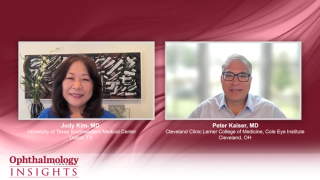
AMD
Latest News

Latest Videos
CME Content
More News

This research team evaluated the effectiveness of switching patients to faricimab treatment by assessing their outcomes after 6 months of treatment in a retrospective chart review that included 102 patients with nAMD who had had suboptimal responses to other anti-VEGF therapies.

The company offers year-round educational services on the conditions, using this month, in particular, to guide patients to needed resources.

The two products, both manufactured by Amgen, are aflibercept biosimilars Pavblu and Skojoy. Both biosimilars are indicated for treatment of AMD.

Results from the study assisted Notal Vision in receiving De Novo authorization from the US FDA for the SCANLY Home OCT in 2024.

The trial evaluated ONS-5010 in wet age-related macular degeneration patients, and the company plans to resubmit a Biologics License Application in the first quarter of 2025.

The new funding will allow the company to complete its ongoing Phase 2 trial of proprietary nanomedicine, migaldendranib, in patients with wet AMD and DME


The company will prioritize its cash in funding its ongoing Phase 1/2 PRISM clinical trial and Phase 3 4FRONT program.


In this study, researchers examine immune mechanisms in ocular diseases like uveitis, AMD, DR, and GO, highlighting microglial roles, targeted therapies, and promising advances in immunotherapy.
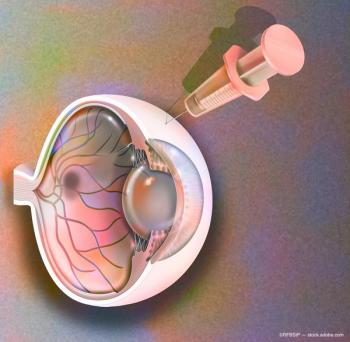

A look at the biggest news and advancements in ophthalmology in 2024.

The report details the results of preclinical discovery, engineering and characterization studies evaluating the safety, retinal cell transduction, transgene expression and clinical activity of proprietary evolved intravitreal vector R100 and 4D-150.

The EMA issued a positive opinion and recommendation for marketing authorization for Eydenzelt (biosimilar aflibercept).

Researchers at the USC Ginsburg Institute for Biomedical Therapeutics and the USC Roski Eye Institute are advancing a new treatment for dry age-related macular degeneration, a leading cause of blindness in older adults.

The joint project AMD-HALT, pairs Amarna’s SV40-derived gene delivery vector platform with Phenocell’s in vitro AMD disease model, which accurately mimics cellular interactions and microenvironment of the retina

EXG102 and EXG202 are investigational gene therapy candidates for wet age-related macular degeneration that are in development.

The company begins phase 1 trials of oral GAL-101, targeting amyloid beta aggregation. Promising safety and efficacy in ophthalmic models suggest potential for treating dry AMD, glaucoma, and neurodegenerative eye diseases.

SOL-1 is a superiority study being conducted under a Special Protocol Agreement (SPA) with the US Food and Drug Administration (FDA).

EyePoint Pharmaceuticals has dosed the first patient in the LUCIA Phase 3 trial of Duravyu for wet AMD. The study evaluates Duravyu’s efficacy, durability, and re-dosing every 6 months in both treatment-naïve and previously treated patients. Topline data is anticipated in 2026.

In a study, a team of Korean researchers developed an AI model using OCT images to predict neovascular AMD treatment outcomes after anti-VEGF injections. The model highlights AI’s potential in personalized ophthalmic care.
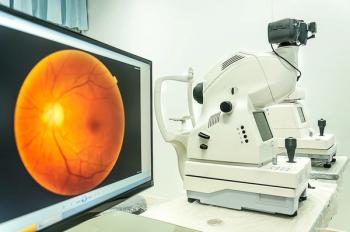
A study suggests that small hyperreflective retinal foci (HRF) on OCT images, linked to activated microglial cells, could serve as a valuable marker for monitoring neuroretinal inflammation and progression in age-related macular degeneration.

ABI-110 has the potential to offer a durable and effective solution by addressing the root causes of wet AMD at the genetic level.

The CHMP has recommended FYB203 for approval in Europe for treating adult patients with age-related neovascular macular degeneration (nAMD) and other serious retinal diseases.

After closing, the combined company is expected to operate under the name Kalaris Therapeutics, Inc.







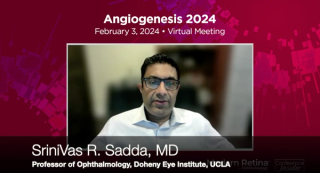
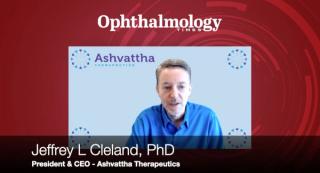
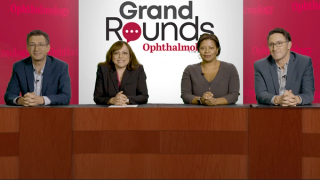







































.png)


